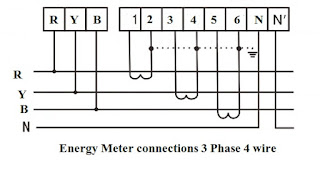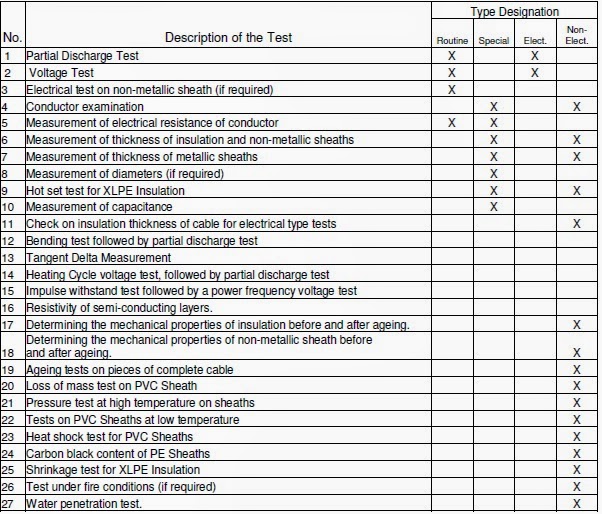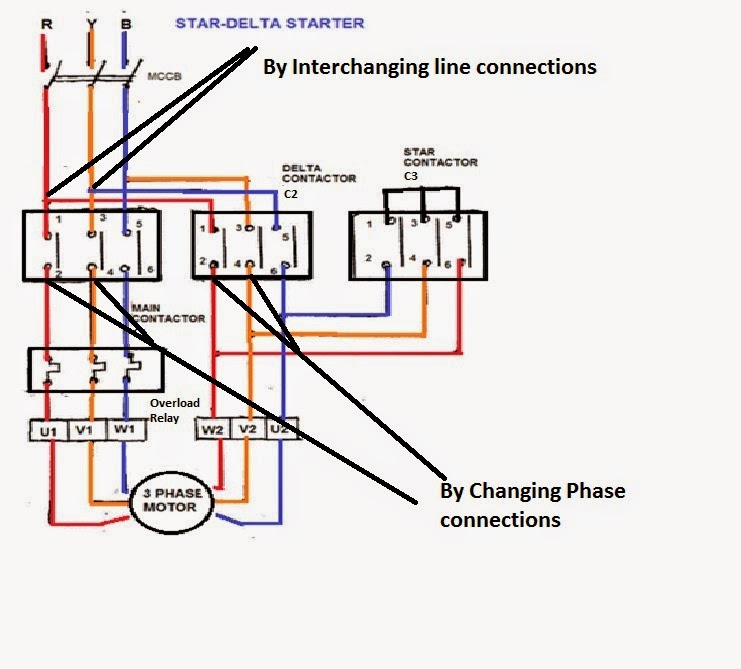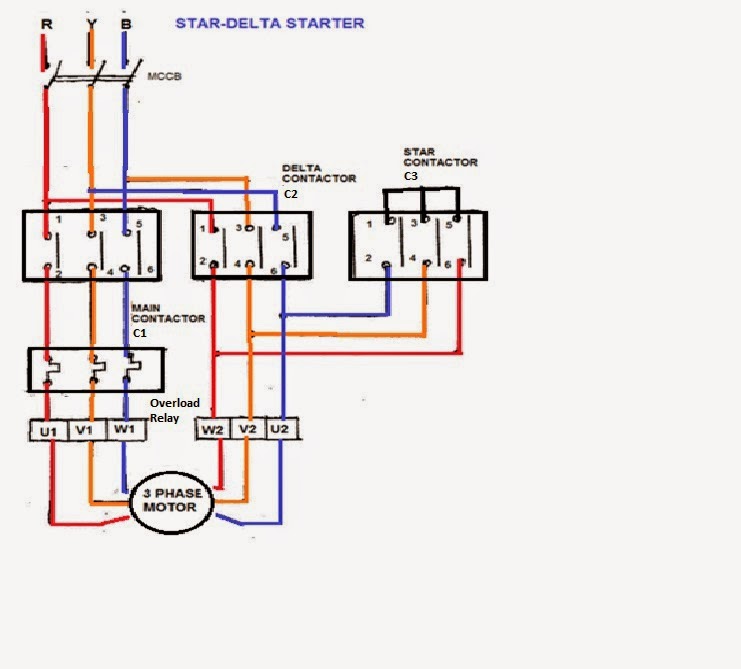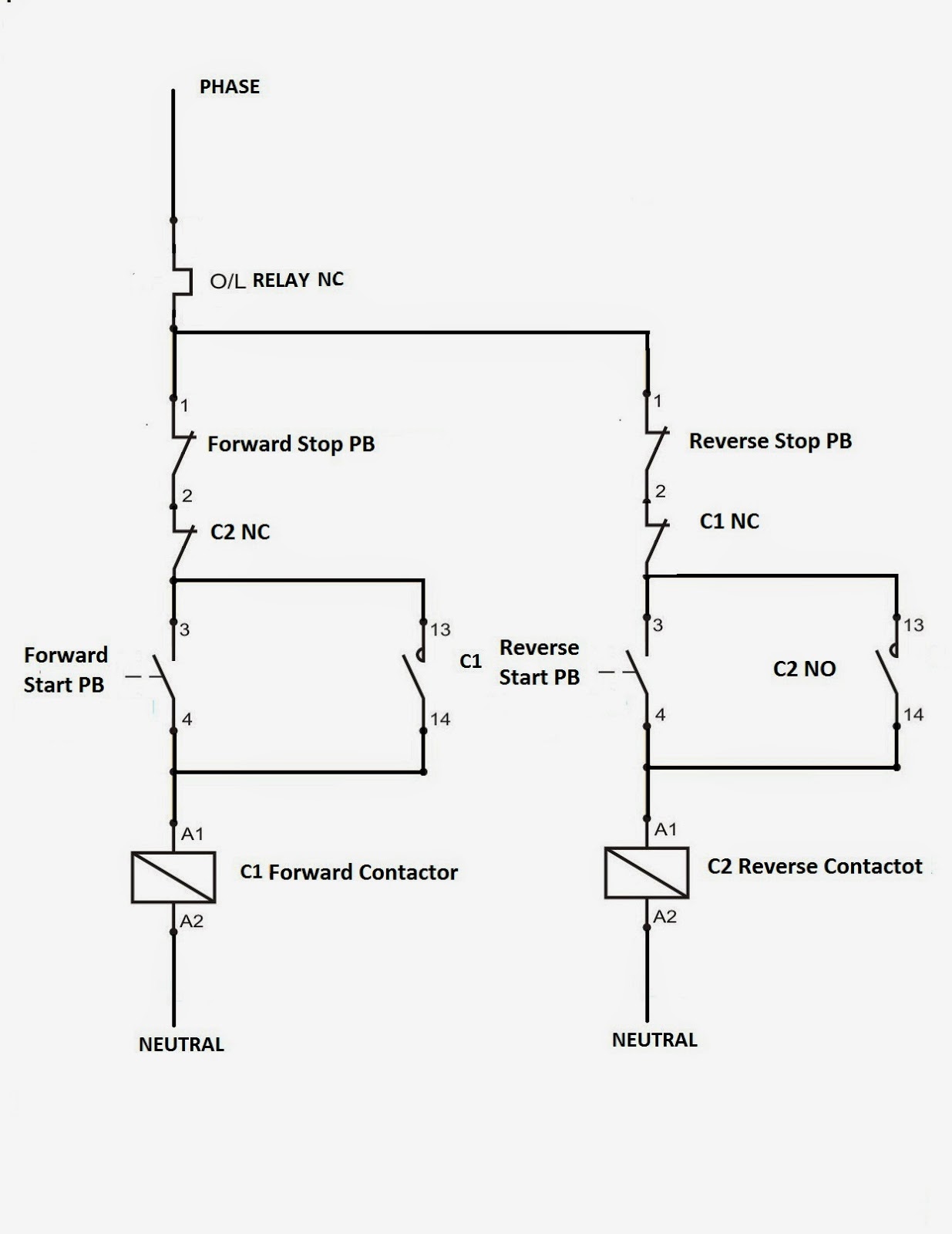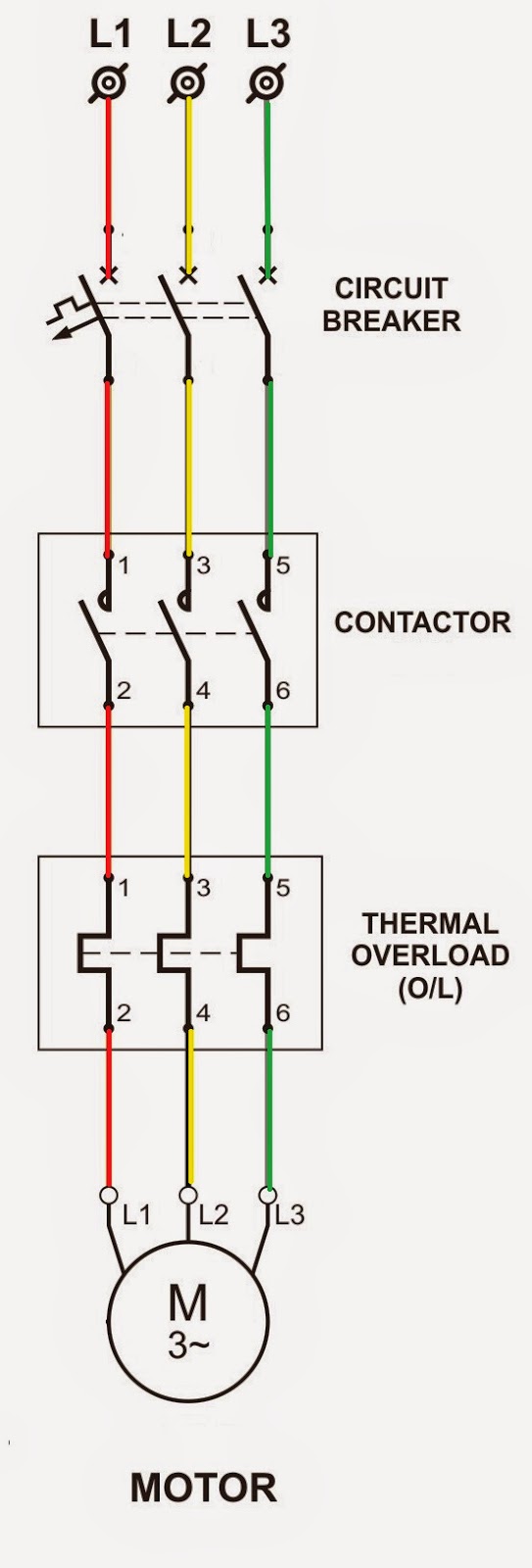Why one pin of Plug top is Larger in length and diameter from other pins?

We have often seen in our routine that 3rd pin of plug top has larger length and diameter then other pins there is technical reasons behind the see below we will clear the same. This is due to following reason:- Resistance = Resistivity X Length Area larger will the area of earthing contact lower will be the resistance. You can see from the image below that earth pin has larger area then other pins. There are following reasons which we will derive from the larger 3rd pin are:- 1. It will provide protection to both human being and appliance by ensuring that 1st earth get connected before any appliance get supply and during disconnection of appliance earth will remains connected until supply get disconnected. 2. Due to larger area of earthing pin resistance get lower which will divert all fault current to earth quickly before it get passed to other system and may cause any shock.
